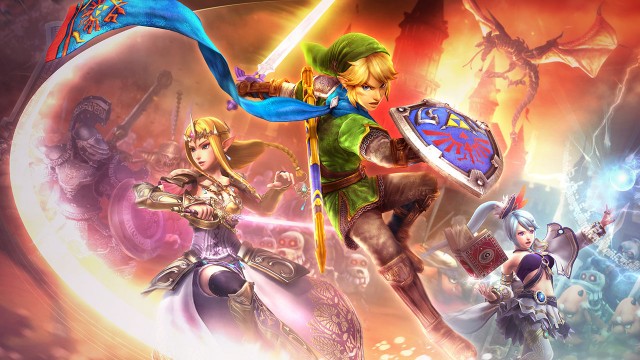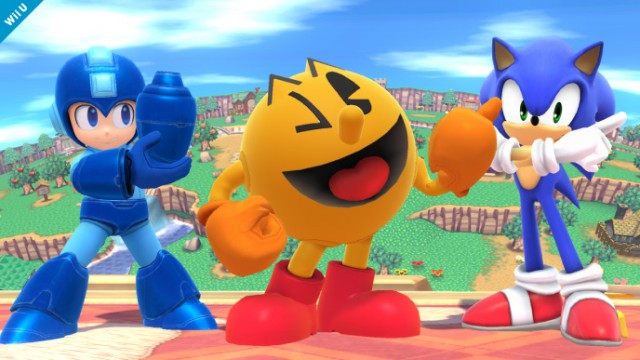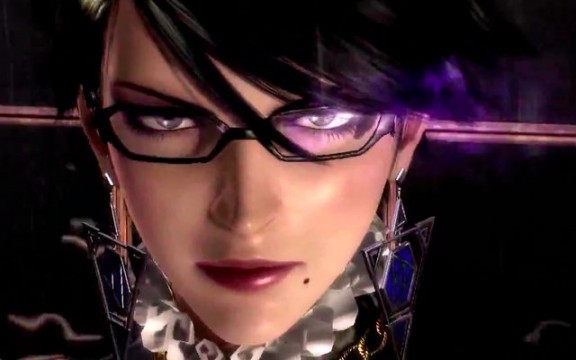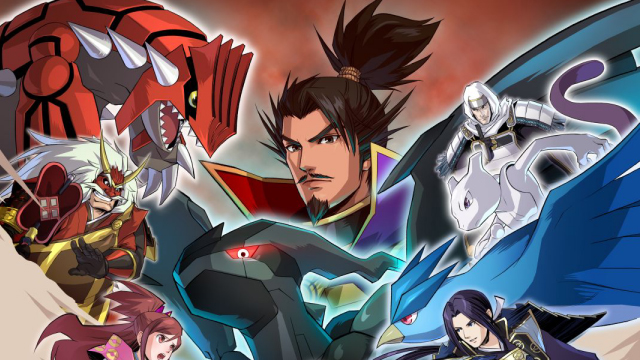
Nintendo’s recent digital presentation at E3 showed off a number of reasons why gamers should be excited for the future of Wii U. Staples like The Legend of Zelda, Mario Kart, and Super Smash Bros. continue to (and likely always will) be hugely popular and Nintendo will always be able to count on them to sell systems. Mario Kart alone, for example, caused a Wii U sales increase of of 666 percent in the UK . But what has become increasingly clear in recent years is that Nintendo is not content simply relying on its own internal studios to provide great games for its consoles. In reality, it is unlikely that it would be able to pump out enough games to be able to do so!
However, it’s well known that certain third party developers are currently unwilling to support Wii U until its popularity increases, depriving the system of some truly great games (as discussed in previous articles back in January, as well as earlier this week). Luckily, Nintendo has always been able to rely on a large number of “second party developers”– developers which are separate from Nintendo but tied to them– whom it works with closely. It is its relationships with these developers, and the increasingly similar approach that it is taking with certain third party developers, that allows Nintendo to carry on despite a lack of support from publishers like EA.
Indeed, despite the lack of major third party support, Wii U and 3DS continue to see exciting new content released, thanks to both Nintendo’s internal studios and its close ties with these second party developers. In fact, the sheer number of developers that it works with in this manner is rather impressive, and you may not even be familiar with many of them. Have you heard of AlphaDream Corporation? The studio developed the games in the Mario & Luigi series. What about Arzest, the developers behind Yoshi’s New Island? Nintendo has frequently made use of developers like these over the years to bolster the efforts of its own internal studios, and not all of them are as prolific as studios like Game Freak (the developers behind the main Pokémon games).

These second party developers often produce some of the strongest content for Nintendo platforms, and while they are often more than capable enough in their own right, their relationship with Nintendo is often credited with improving the end product. In an interesting article written a couple of years ago by Eurogamer, for example, it is clear from the comments made by several Rare members that Nintendo itself often played a significant role in guiding the studio’s efforts. The gentle nudges that developers like Shigeru Miyamoto are famous for can make a huge difference in ensuring that these external studios produce high quality games. This is crucial if Nintendo is to let others use its IPs– especially if we are to avoid a repeat of the Zelda CD-i games!
While Nintendo has collaborated with third party developers frequently over the years (The Legend of Zelda: Oracle games, for example), it now seems to be part of a deliberate strategy, rather than an interesting foray into the obscure. An ongoing relationship that best displays this, even if the studio is not using Nintendo’s own franchise, is Nintendo’s partnership with Platinum Games, which led to The Wonderful 101 and ensured that Bayonetta 2 became a Wii U exclusive. The benefits of such collaboration are twofold; unique games, often enhanced by Nintendo’s own experience and beliefs, and of course the motivation to develop games on Nintendo systems. Essentially, both the developer and consumer have much to gain from this.

Games on a single platform will reach a smaller audience, it’s true, but partnering with Nintendo comes with both publicity, and, in many cases, financial aid. It may even enable beloved franchises (which weren’t great financial successes) to make a return! The partnership with Sega saw a number of exclusive Sonic games released for Wii U and 3DS, and while it’s is coming to an end for now with Sonic Boom, it’s a great example of the potential of such an agreement. In the case of Bayonetta 2, its director, Yusuke Hashimoto, again reiterated in an interview how Platinum’s partnership with Nintendo has resulted in a higher quality game– something which may even see him continue to make the series a Nintendo exclusive.
This can be seen with a number of franchises as well. The DS game, Pokémon Conquest, was a surprise gem and brought the Nobunaga’s Ambition series to a whole new audience who may not have played it without the Pokémon aspect. Upcoming titles like Shin Megami Tensei X Fire Emblem and Hyrule Warriors in particular, look set to continue this trend, with Nintendo franchises bringing a fresh wave of enthusiasm for the respective series’.

Nintendo will undoubtedly be hoping to entice major publishers to produce games on Wii U and 3DS, and ensuring that a wide array of developers produce great, unique games for the systems could be the way to do just that. By using its significant amount of resources and talent , we will hopefully see even more great collaborations in the coming months which could tempt even more people into picking up a Wii U.
Nintendo’s internal studios and second party developers are capable of some truly great creations, and while some may worry about the company’s franchises being used by a wider array of developers, third party collaboration is becoming an increasingly important part of Nintendo’s ongoing strategy.




 ShareThis
ShareThis






